

Volume 6
Published on January 2024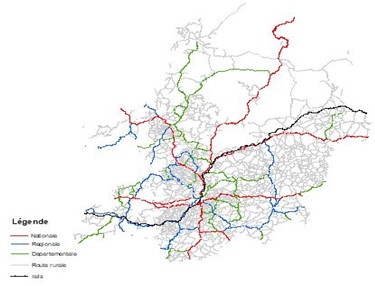
Given the pressure on land in the Central Region due to economic development and the search for opportunities, the best land for agriculture needs to be identified, so as to preserve it from urbanization, the expansion of mining areas, infrastructure and other occupations. It is in this context that the issue of mapping to identify agricultural zones and assess their accessibility was raised. This is an opportune moment to feed reflections on planning, agricultural production and natural resource management in the Center Region of Cameroon. GIS-based multi-criteria spatial analysis of data on land use, hydrographic network, slopes, soils and their suitability for cultivation provided precise, geolocalized information on land potentially suitable for agriculture in general. Following the analyses, we were able to establish and highlight the areas suitable for agriculture and accessible, which amounted to 8%, or 5662.42 km2 for high-potential and accessible areas. This was followed by 56%, or 37144.95 km2 for medium-potential and accessible zones, and finally 6%, or 4238.93 km2 for low-potential and accessible zones. Once the accessible areas had been removed, 5% or 3028.27 km2 of high-potential inaccessible areas remained, 19%, that is 14639.46 km2 of medium-potential inaccessible areas and 2% that is 967.12km2 of low-potential inaccessible areas.

 View pdf
View pdf


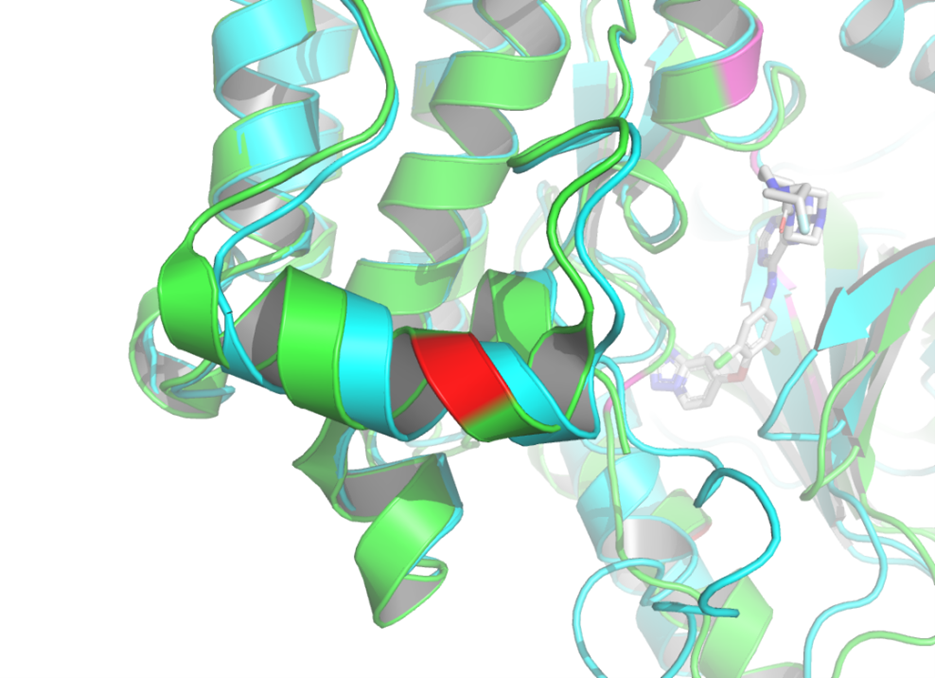
HER2 protein overexpression is associated with the malignant degree and poor prognosis of breast cancer. HER2 levels are elevated in 20% of breast tumors. Several covalent tyrosine kinase inhibitors have been found to reduce tumor cell survival and proliferation in vitro and inhibit downstream HER2 signaling. In the field of protein structure prediction, AlphaFold2, which achieved excellent results in CASP14, can periodically predict protein structures with atomic precision in the absence of similar protein structures. In this study, AlphaFold2 was used to predict the monomeric structure of the HER2 protein. This predicted structure was compared to the conformation of HER2 in complex with a covalent inhibitor, allowing for an examination of the conformational changes induced by the inhibitor. By combining the conformational changes of HER2 protein with the docking results of Protein-Ligand Interaction Profiler, other potential binding sites were identified, which could further reveal the mechanism of drug discovery.

 View pdf
View pdf


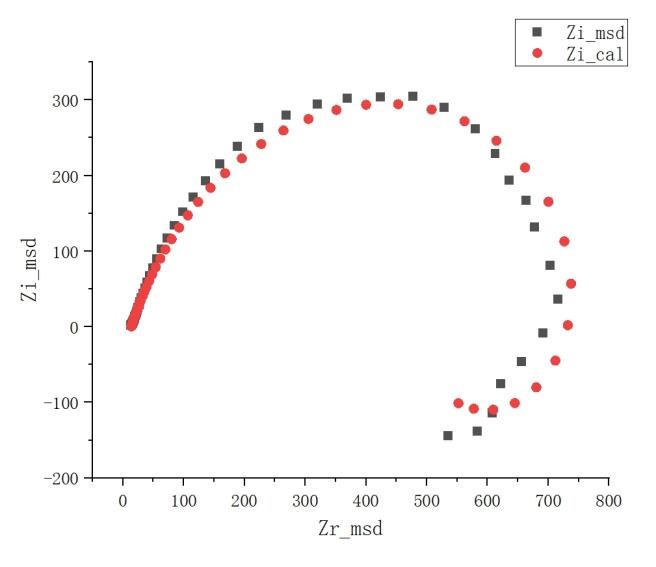
This study employs friction stir welding (FSW) technology to achieve the butt welding of 2mm thick 1060 aluminum and T2 copper. The research investigates the macroscopic formation, tensile properties, microhardness, and electrochemical corrosion behavior of the welded joints. The results indicate that the welded joints exhibit excellent formation, with a tensile strength reaching 84.76% of that of the 1060 aluminum material. Well-formed welded joints can be obtained by controlling the rotation speed and welding speed within a certain range. However, the rotation speed has a more significant impact on the microhardness in the weld zone. The corrosion potential of T2 copper is higher than that of 1060 aluminum, forming a macroscopic galvanic couple between the two materials. The corrosion potential of the welded joint falls between that of T2 copper and 1060 aluminum.

 View pdf
View pdf


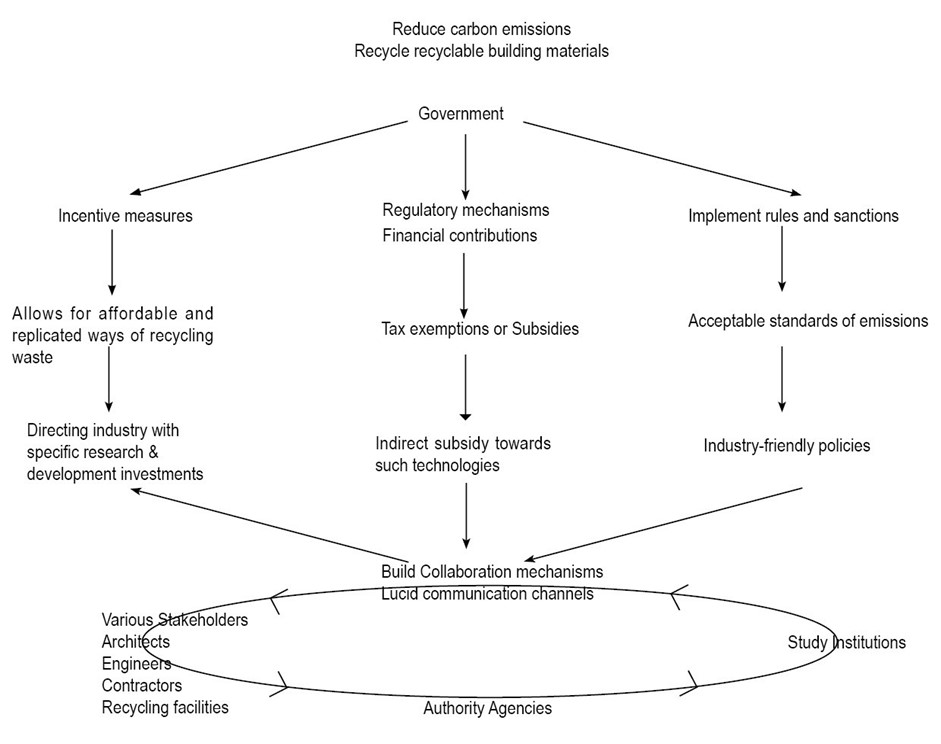
This research delves into the complicated issues associated with demolition, renovation, and construction of buildings to find viable, sustainable practices that will relieve some strain on nature. Identifying major components like governmental policies, cooperative work of stakeholders, assimilation of technology, and the possible transformative capacity brought by Building Information Modeling (BIM), this research attempts to unveil how a more ecologically mindful construction industry can be achieved. The methodology used in this research has a multi-dimensional approach that is aimed at thoroughly understanding and clearing the challenges within the construction industry. The strengths like government support, stakeholder involvement, technological innovations, and adoption of BIM assist in building a strong base for sustainability. The research identified opportunities for technological advancements, special solutions, and government incentives. Technological advancement is a constantly changing environment, which gives the building sector an opportunity to adapt and enhance its recycling strategies. Customized solutions highlight the fact that such "place-based" strategies are needed because different urban, suburban, and rural landscapes present distinct challenges. Most property owners would be convinced to swap their regular buildings with sustainable building techniques through incentives from the government, such as tax benefits and subsidies. Furthermore, regulatory compliance issues and resistance to change cement the fact that societies need not only solid guidelines but also constant efforts to redefine standards in every industry. Effective negotiation between stakeholders becomes essential. Therefore, it can be stated that the findings give weight as catalysts of change in terms of action within the construction industry.

 View pdf
View pdf


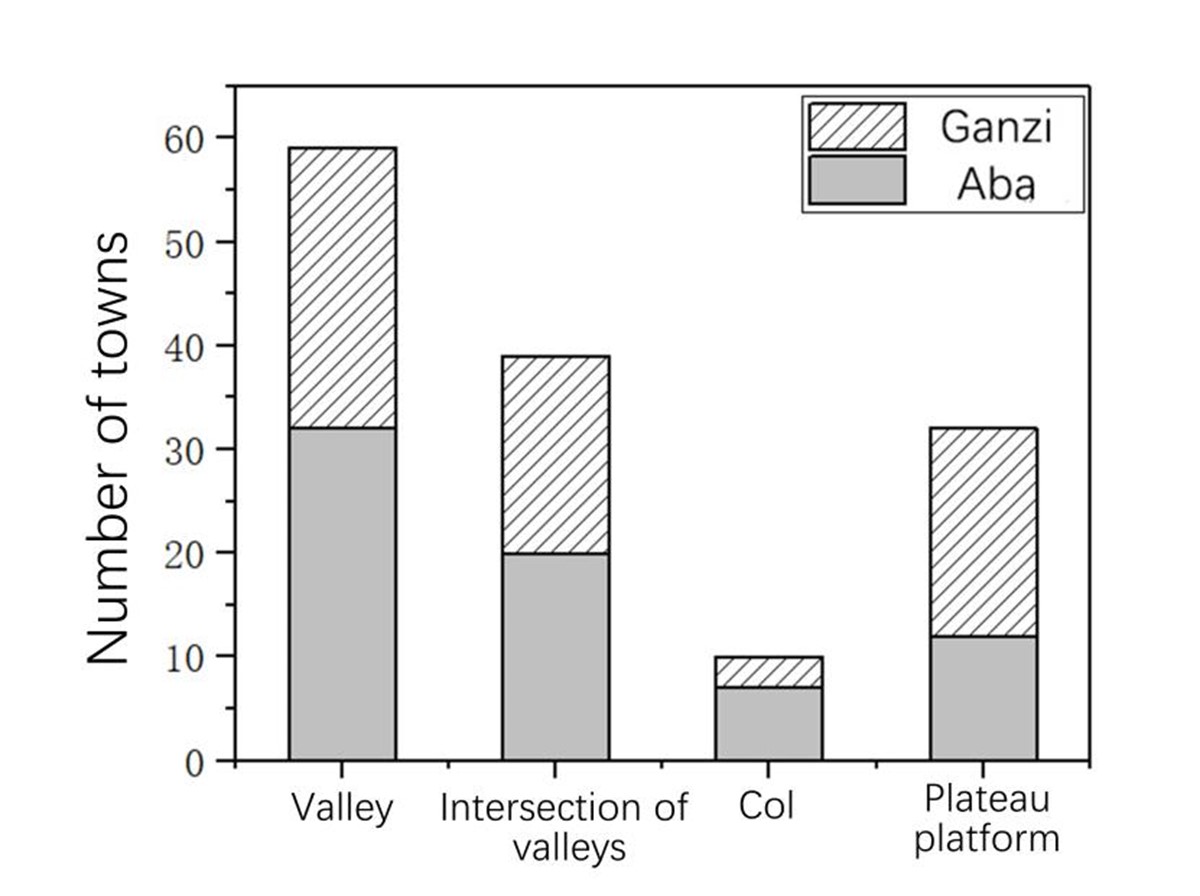
Solar energy is a commonly used renewable energy source in buildings. In the high-altitude mountainous regions of western Sichuan, solar energy resources are abundant, but the complex and variable terrain significantly affects the shading of solar radiation on building roofs. In the mountainous regions of western Sichuan, towns located in valley terrain are the most prevalent, accounting for as much as 42.14%. Therefore, based on the mountainous solar radiation estimation method, this study estimates the direct radiation shading rate and diffuse radiation shading rate for building roofs in the valley towns of western Sichuan. The research delves into the analysis of the impact of valley terrain characteristics on the shading of solar radiation on building roofs. The study reveals that, for a specific valley town, the orientation of the valley has a more significant impact on the shading of direct radiation compared to its impact on diffuse radiation. When the town's orientation approaches an east-west direction, both direct and diffuse radiations are less affected by terrain shading.

 View pdf
View pdf


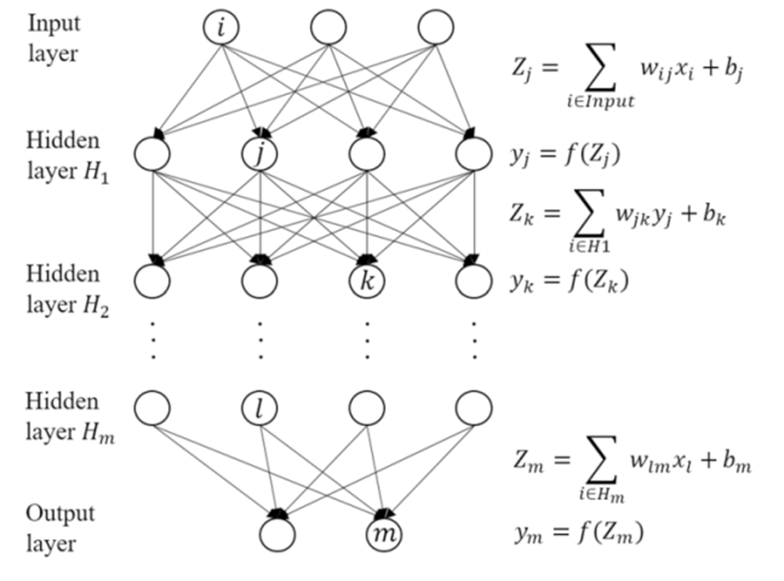
The domain of aeronautical engineering and aero-engine engineering has witnessed considerable interest in the application of machine learning (ML) and deep learning (DL) techniques, revolutionizing various aspects of the field. This review provides a comprehensive review of the application of ML and DL in aerospace engineering and aero-engine engineering, focusing on aircraft aerodynamics, CFD, aircraft design and aeroacoustics and for aero-engine engineering focusing on health state evaluation, component optimization, blade defect detection and combustion. The review highlights the advantages and challenges of ML methods, presenting key concepts and strategies for ML. Furthermore, in terms of technical applications, DL has the potential to be on par with ML, despite being a branch of ML. The review further emphasizes the pressing requirement for a comprehensive examination of DL techniques concerning data-driven challenges within the realms of aerospace engineering and aero-engine engineering. It introduces representative DL methods and presents their mathematical definitions and illustrative applications.

 View pdf
View pdf




